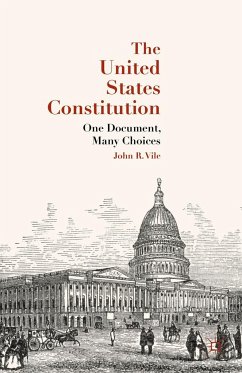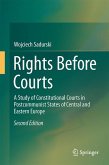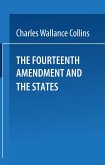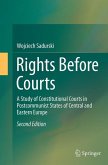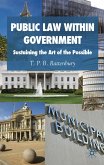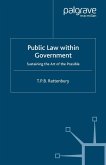This book examines the U.S. Constitution by focusing on its origins in Western political thought and its organization and subsequent amendments. It describes the document as a series of choices among alternative governmental institutions that are designed to provide national security and secure ordered liberty.
Selected by Choice magazine as an "Outstanding Academic Title" for 2016
"The book is organized around each article of the Constitution, describing the powers of Congress, the president, and the judiciary, as well as how federalism was supposed to work and how amendments were to occur. ... Excellent for collections on American law and politics. Summing Up: Highly recommended. All readership levels." (D. Schultz, Choice, Vol. 53 (5), January, 2016)
"The book is organized around each article of the Constitution, describing the powers of Congress, the president, and the judiciary, as well as how federalism was supposed to work and how amendments were to occur. ... Excellent for collections on American law and politics. Summing Up: Highly recommended. All readership levels." (D. Schultz, Choice, Vol. 53 (5), January, 2016)

